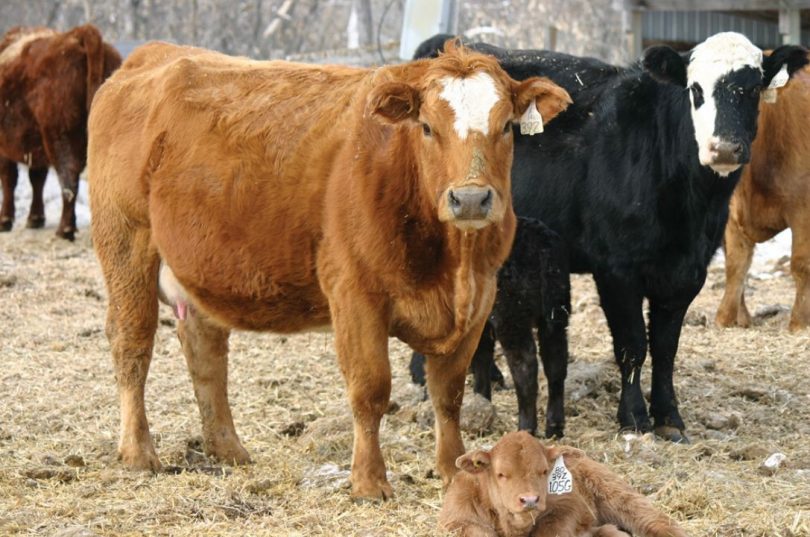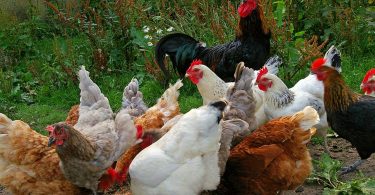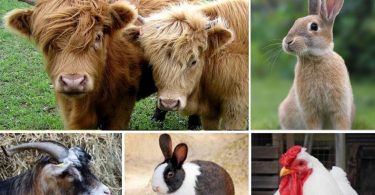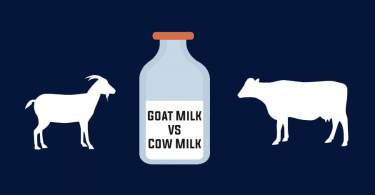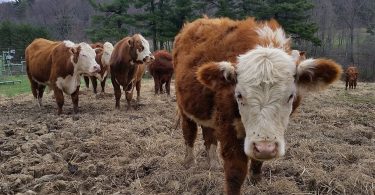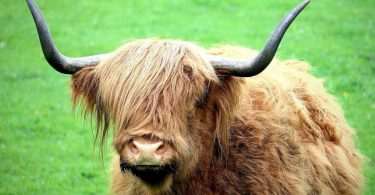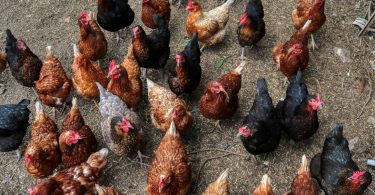Managing the cow herd to calve in 75 days is one of the most important steps toward increasing efficiency and profitability. Time and labor are very important and expensive commodities for a cowcalf producer. A controlled calving season concentrates activities that save time and labor. Advantages of a controlled breeding season include
- Reduces the number of times cattle are gathered for vaccinating, castration, pregnancy testing, parasite control, weaning, etc.
- Markets a uniform and heavier calf crop.
- Optimizes the feeding program. Since all cows are in the same stage of production (pregnant, lactation, etc.), supplemental feeding to improve cattle performance is more efficient.
- Uses forages. With a short breeding and calving season, calving and rebreeding can occur during times of peak forage quality and quantity.
- Allows the use of cow herd performance records to select replacement heifers and identify poor performance cows for culling.
- Reduces calf mortality. Checking calving cows and heifers frequently can increase the number of live calves
Demonstrations across Arkansas showed that reducing the breeding and calving season was the first step toward improving beef cattle management efficiency. Results from Arkansas Beef Improvement Program (ABIP) Breeding and Calving Season demonstrations showed that when calving season is reduced to 90 days, direct cost per animal unit decreased 32 percent, herd breakeven decreased 38 percent and gross margin (gross income minus direct cost) improved by 75 percent. With a 90day breeding and calving season, many cooperators reported more free time to pursue other interests or activities.
A short breeding and calving season is a key element to improving efficiency and profits.
Source : https://www.uaex.edu/publications/PDF/FSA-3117.pdf
